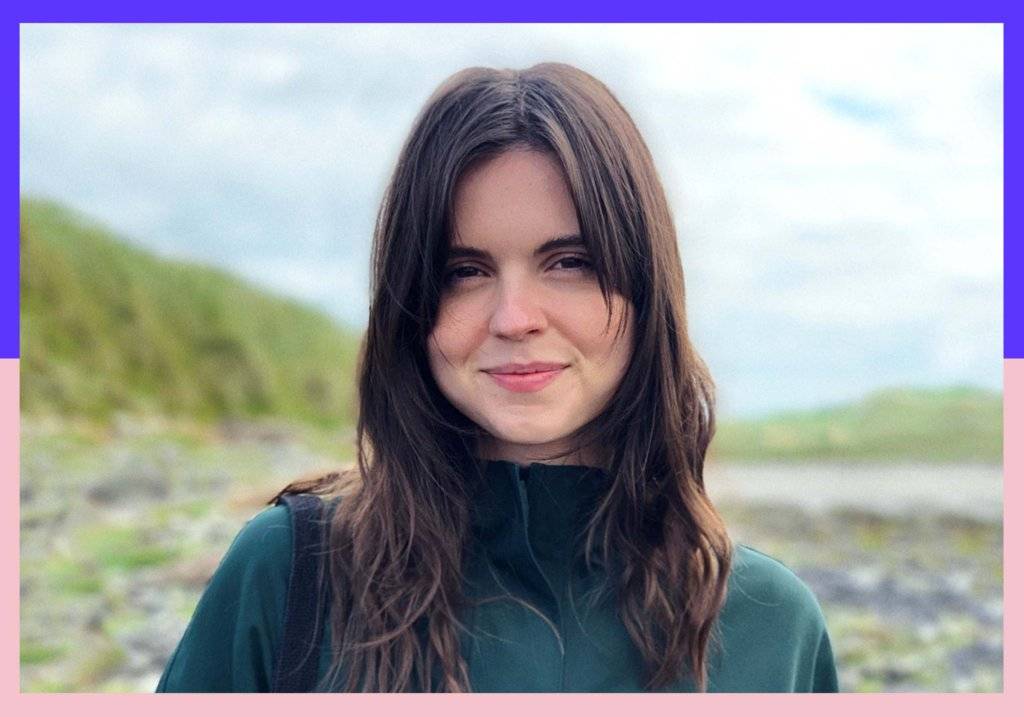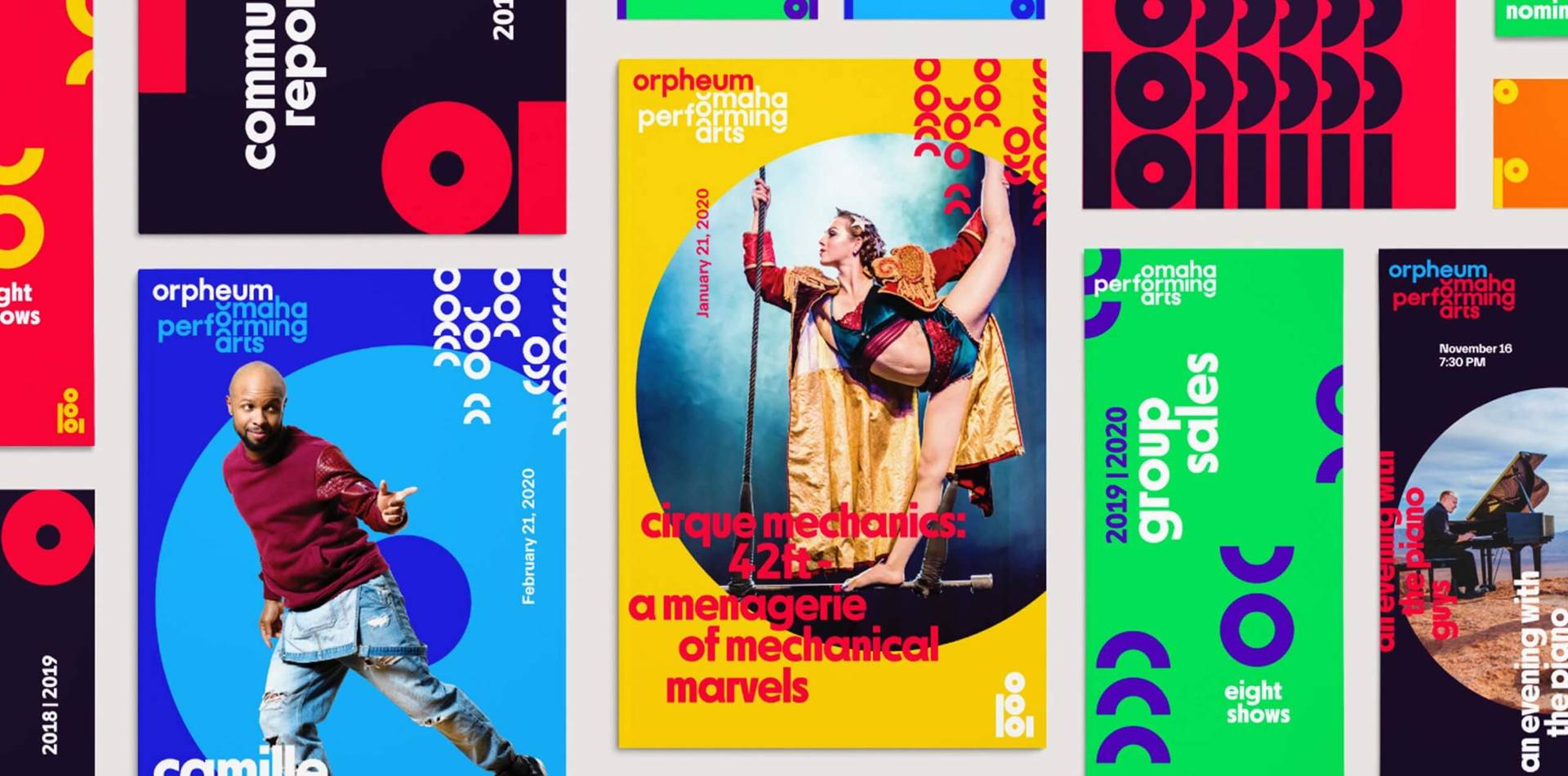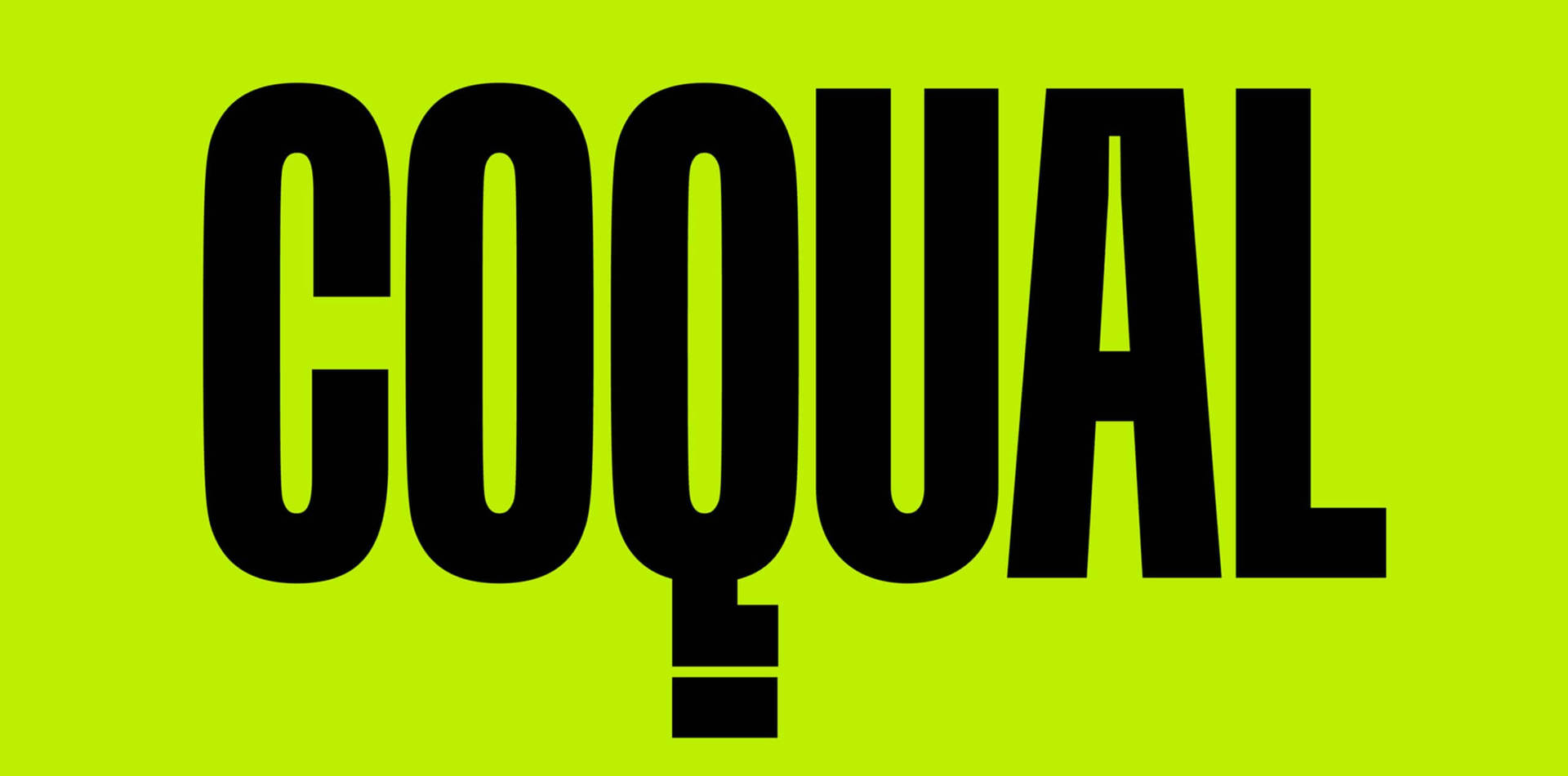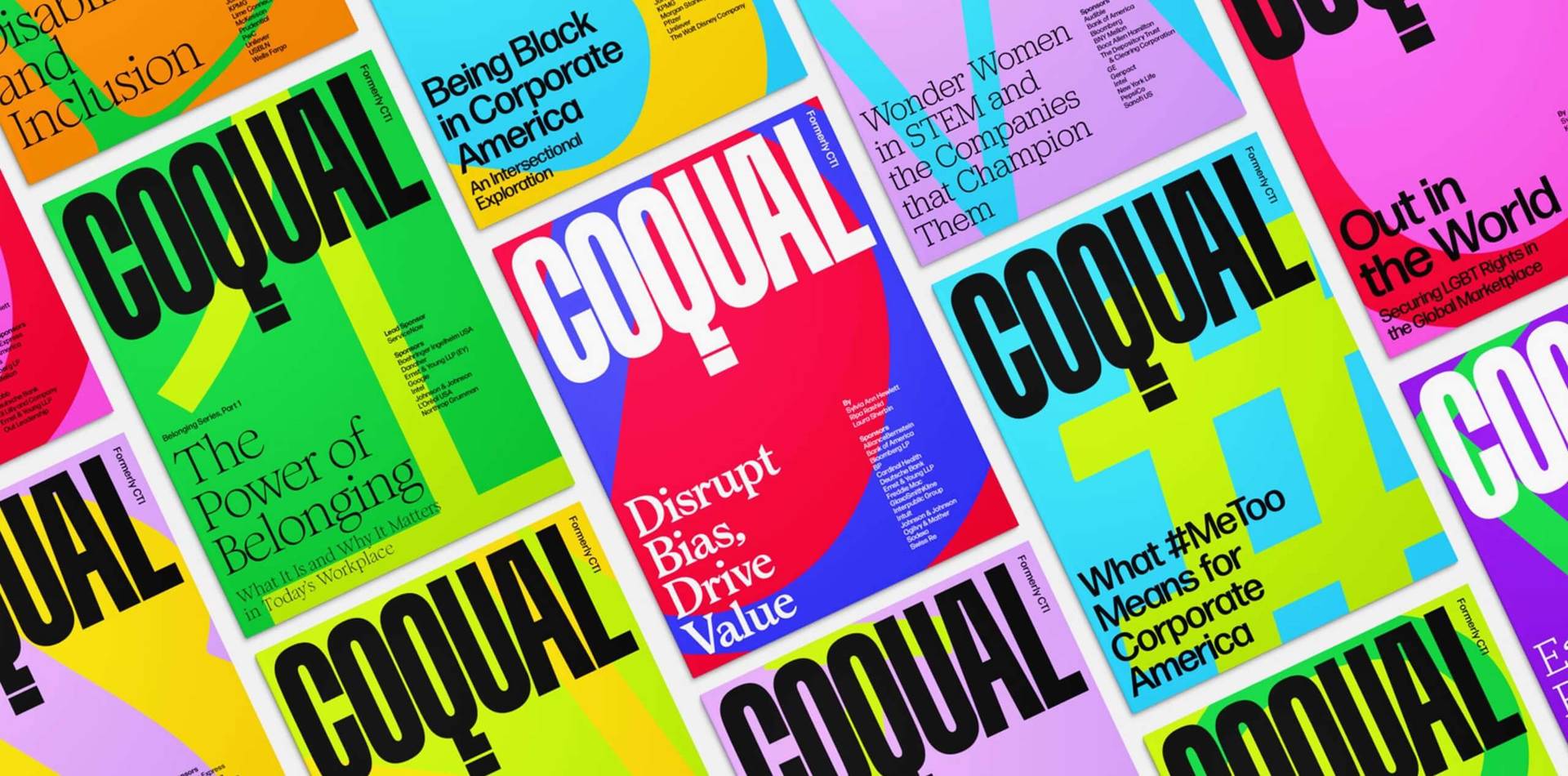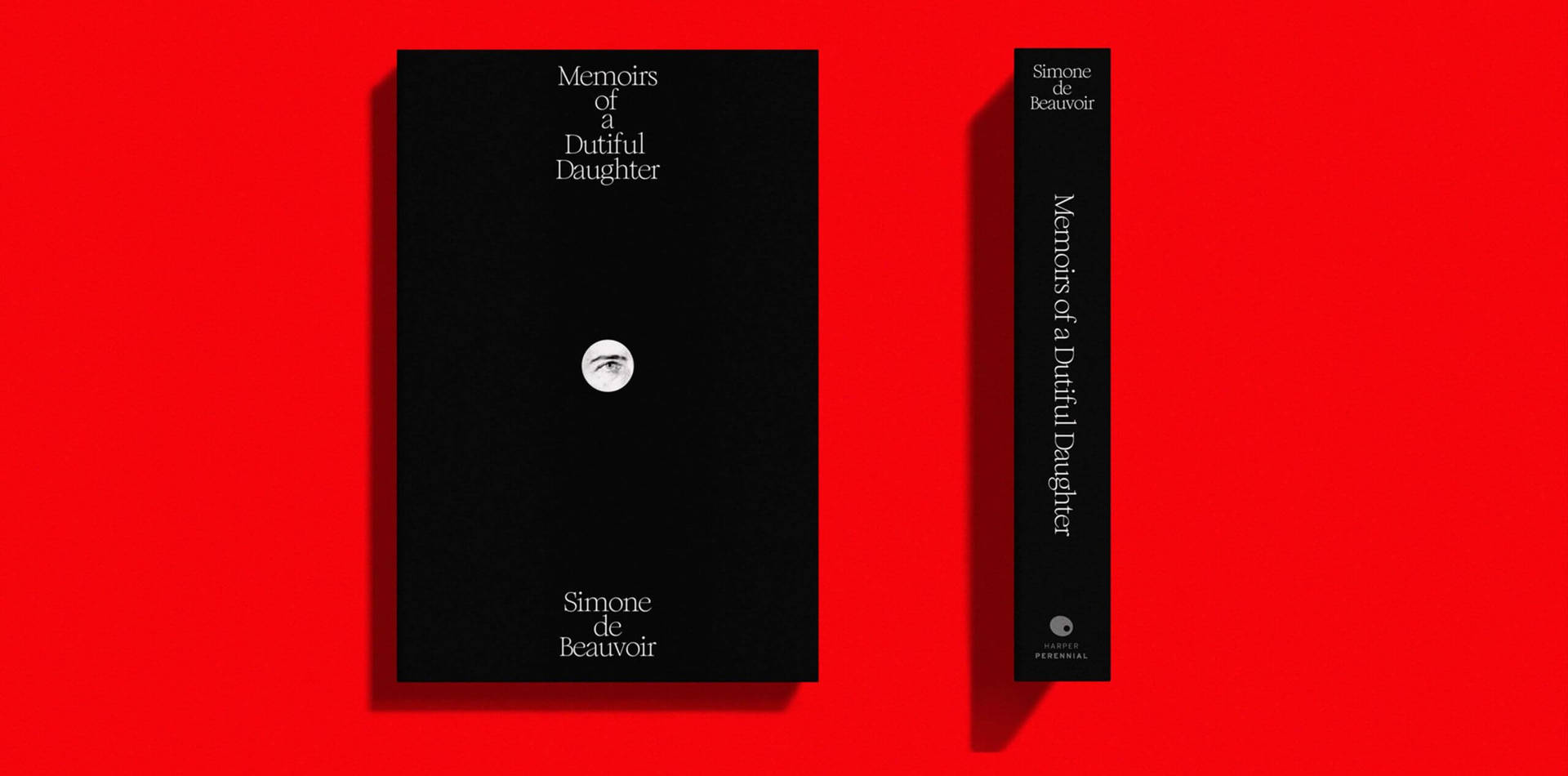Mary Kate Henry is a Brooklyn-based independent designer. Her professional career began at Avec, a women-run design studio in Soho, after which she spent three years as part of Eddie Opara’s design team at Pentagram New York. She recently left Pentagram to begin exploring her own independent practice and is currently freelancing at NYC creative agency Buck. Pushing boundaries, “never settling for the obvious” and always looking for inspiration beyond the world of graphic design, enables Mary Kate to create outstanding creative work for brand identities, packaging, and digital design.
Mary Kate’s passion for creating began at a young age, inspired by her dad who is a toy designer, she initially learned to draw from his old books and instruction manuals. Her pursuit of creative self-development continues today and outside of her commercial work, Mary Kate often pursues on her own independent projects. This includes, channelling her love for reading into designing book covers and creating poster designs for worthy causes she supports. She notes this work provides her opportunity for experimentation and to hone her skills free from commercial constraints, telling DbW, “they’re a huge outlet for me to create something of my own and a crucial part of my practice”.
Mary Kate is also the creator of the brilliant submission-based website resource-resource.co – a platform that collects and celebrates sustainable design projects. The initiative highlights the importance of considering climate change as a designer, the impact of the materials we use as well as providing an accessible case study of how the worlds of sustainability and design can intersect.
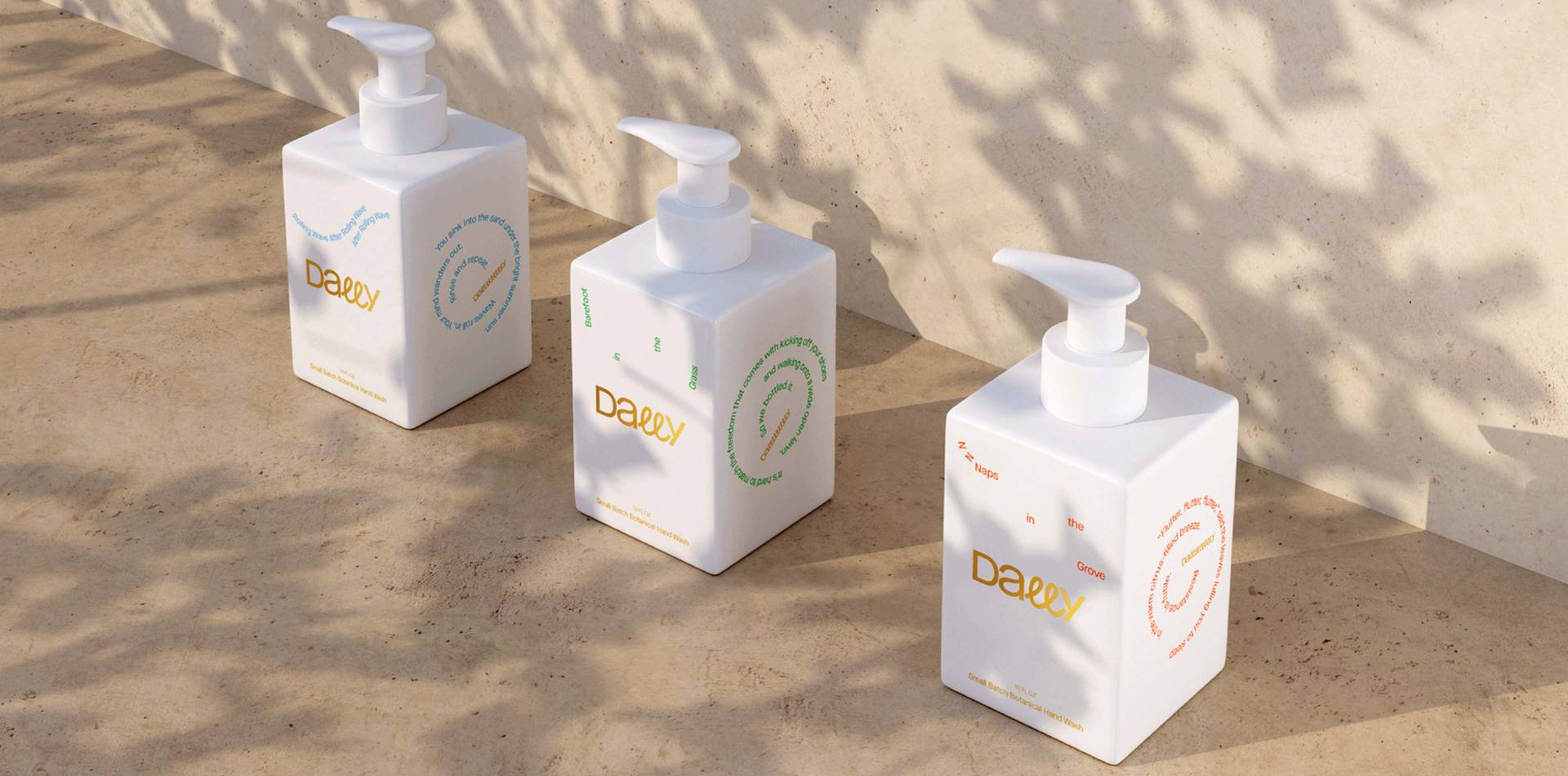
We talked with Mary Kate to find out more about her experience working for Eddie Opara at Pentagram, why she’s decided to go freelance, her purposeful side projects, and thoughts on addressing the gender pay gap.
Can you tell us a bit about your career path and your most recent shift into freelance design?
I fell in love with art at a really young age, specifically drawing. My dad is a toy designer, and he’s a much better draftsperson than I will ever be, but I remember him teaching me perspective basics when I was seven or eight. He had these old drawing books from the 60s that my Grandad gave him (some of them were literally falling apart), and I learned to draw faces and animals from those books. At the same time, I was growing up near Philly in the 90s, an exceptionally exciting time for cartoons, video games, and movies. Storytelling through all those media really made an impression on me.
After high school, I went to Kutztown University for Communication Design. Kutztown is located in a rural part of Pennsylvania, and I was very lucky to have a great design program not far from where I grew up. I loved that it was situated in a small town surrounded by farmland and open spaces. It was a really special place that opened my eyes to the world of design.
While I was there, I did lots of great internships, the last at a studio in New York called Avec. I commuted there from Pennsylvania every day for three months – 3 hours each way. It was worth the effort because they hired me as a designer at the end of the internship. I learned so much there, and I was so lucky to have my first job at a women-run studio (led by Camillia BenBassat). I worked there for about two and a half years after school, and after that, I heard through a friend that Eddie Opara’s team at Pentagram was hiring. They were willing to pass on my name if I was interested. Of course, I was, and after a couple of interviews, I landed the spot.
Since then, I’ve been lucky enough to work with Eddie and the team on branding and digital projects ranging from tech companies to hand soaps to non-profits. Recently I left Pentagram to go freelance which I’m really excited about.
Are there any key learning points you gained from working at Pentagram under Eddie Opara?
One of my favorite things about Eddie’s approach to design is that he never settles for the obvious, even if something looks successful. He’s always pushing boundaries, questioning design rules, and looking to take something to the next level. The team rarely looks at other graphic design for inspiration and never makes mood boards. They work primarily from research and individual sketching, taking inspiration from art, architecture, and history to create meaningful work.
Another stand-out element to working with Eddie is how much he values each person’s input on the team equally, giving everyone from interns and junior designers the same opportunity to have an impact on projects as senior staff. These things will stick with me.
“The team rarely looks at other graphic design for inspiration and never makes mood boards. They work primarily from research and individual sketching, taking inspiration from art, architecture, and history to create meaningful work.”
We love your personal project @resourceresource could you tell what it’s all about and why you started it?
Thank you! That means a lot. Resource Resource is a submission-based website that collects and shares sustainable projects. That can be a project that uses sustainable materials or one that shares information on climate change. The idea was sort of born from my own lack of knowledge about sustainability in design, so I decided to try and create a space that shares resources and examples of sustainable work. I also wanted to celebrate sustainable projects with the hopes of encouraging others to follow suite.
Unfortunately, I don’t think we are as alarmed as we should be by the quantity of wasteful materials we consume and how we as designers perpetuate this – let alone how many of them are not recyclable or compostable. We must start caring more. We have a huge opportunity as the creators of so many things to start normalizing concern with sustainable materials and to open discussions with our clients about rethinking the sheer volume of things they ask us to produce, what they are made of, and how they impact the environment post-use.
Hopefully, some of the Resource Resource projects and resources can help give a kickstart the process. You can check it out at resource-resource.co or follow on Instagram @resourceresource.
“…I don’t think we are as alarmed as we should be by the quantity of wasteful materials we consume and how we as designers perpetuate this.”
Making change and supporting causes you believe in are themes that you often explore in your work. Is there a stand-out project of this type that you’ve worked on and why is it important to you?
Aside from Resource Resource, I was able to submit two open-call poster projects this year. The first was for Creatives Against Covid, a campaign that called on the creative industry to design inspiring posters of optimism and hope, with poster sales raising funds for ISPCC Childline and Women’s Aid in Ireland. My poster was an illustrated view of the sun about to rise over city rooftops, with one of the buildings supporting a billboard that says ‘Soon’. Soon was the theme, a word that was chosen to give hope to those struggling at home during the pandemic.
The other was Now You See Me Moira, a project started by Raoul Gottschling to raise awareness about the humanitarian crisis at Camp Moria in Lesbos, Greece. It was a similar model, but the constraints were that all the designers who submitted had to use photography of the camps in Moira to demonstrate the reality of the situation. We were encouraged to print and paste the posters around our local city, and eventually the posters were turned into a book.
I loved both of these projects. They were a chance for the global design community to come together and design for a purpose.
The campaign for ‘Coqual’ is an impactful project for a non-profit you worked on at Pentagram. Could you talk us through the creative approach you took and the project process?
Of course. That was one of my favorite projects at Pentagram. Coqual is a non-profit organization that studies diversity, equity and inclusion (DEI) and advises many of the world’s largest corporations. Their work is so important, and we were really honored to rework their identity.
We worked with Saundra Marcel of Design Minded to rethink their strategy, and part of this was renaming the organisation. Saundra came up with ‘Coqual’—‘Co’ for community and co-creation, and “Qual” for equity and equality.
On the visual side, we wanted to draw from the momentum and visual language of current movements for change like BLM, #MeToo and Fight for 15, so we created a really tall, strong standing logotype that doubles the tail of the Q to create an equal sign. To instill a sense of energy, we came up with a bright, bold color palette that uses a color pairing system. We also wanted to represent the diverse group of people that Coqual works with, so we collected 10 typefaces of varying looks and feels that, together, create an expressive typographic system. Combining all these components resulted in a versatile but energized rebrand for Coqual, and the team was so excited to put it into the world.
I worked on this identity with some brilliant people—Eddie Opara, Brankica Harvey, Dana Reginiano, and Saundra Marcel.
Completed at Pentagram with: Eddie Opara, Partner – Brankica Harvey, Associate Partner – Dana Regiano, Project Manager – Saundra Marcel, Strategist.
We love your book covers personal project. How important are personal projects to your practice as a commercial graphic designer?
Thanks so much. To me, personal projects are really everything and I wish I had more time to do them. I’m constantly thinking up little ideas and putting them in my Notes app, although very few actually come to fruition. They’re an opportunity for me to experiment and practice my own work, which is more rewarding to me than most of my commercial projects. They’re also a huge outlet for me to create something of my own, usually centered on something I’m really interested in at the time. My book covers are a result of my love of books but also my fascination with the challenge of visualizing a narrative in a rectangle. I love little challenges like that.
What has led you to take the plunge into full-time freelance work?
I guess there are two big reasons. I’m really interested in working with different studios and people so as to understand their approaches and design processes. I would love to do my own thing eventually and doing multi-month gigs for now is a great way to get my footing. I don’t yet know if that will mean staying an independent designer or opening a studio quite yet. The other draw is that I like having a bit more control over my schedule. I can take more time off without counting days, and in a (hopefully soon) post-pandemic work world, I see opportunities to work from different locations. I haven’t traveled outside the US much and would love to work from new locations for short periods of time. Overall, there’s a sense of freedom that I have working in this way that really excites me.
How has being a woman impacted your career?
Being a woman in the design industry is an interesting place to be right now. I face the challenges that probably every woman in the industry experiences. The biggest one I’ve come across is fighting to get a word in when the room is mostly made up of men. We all know this is a common issue in predominantly male-dominated fields like design where men (historically) do most of the talking and decision making. At some point I got fed up with it, and now when someone (more often than not, a man) cuts me off, I just continue to finish what I was saying even if they start talking. It can be awkward, but I actually find it really funny that no one can hear either of us talking over each other. Regardless, it’s better than getting cut off. It’s also not lost on me that this experience and others occur much more often for women of color.
On the other hand, I’ve been surrounded by some amazing women professors, bosses, and peers. I’m sure that’s an improvement from, say, 20 years ago when there were fewer women in the field. I do hear more and more dialogue about the pay gap and the percentage of women in leadership which is heartening. Women intrinsically bring a valuable perspective to design, in a historically male-dominated culture. That’s imperative in every industry.
“At some point I got fed up with it, and now when someone (more often than not, a man) cuts me off, I just continue to finish what I was saying even if they start talking.”
Completed at Pentagram with Eddie Opara, Partner – Brankica Harvey, Associate Partner – Dana Reginiano, Project Manager – Raoul Gottschling, Designer – Matthew DeLuca, Renderer – Sam Morgan, Developer.
There has been lots of discussion around the gender pay gap in the design industry and how few women progress to senior positions. Do you have any thoughts on how we can counteract this imbalance?
There are three things that come to mind that I think can help close the pay gap. One is that companies should publicize their salary averages and leadership staff by gender so they can be held accountable, at least to their own staff. The second is that staff need to try to push past the often unvoiced assumption that sharing salaries is embarrassing. It’s an old school rule to keep it a secret, and at the end of the day, it only benefits the company—never the employees. I once took a freelance job where a woman with less experience than me was making double my pay. I was so grateful that she shared her pay with me because I asked for a pay increase that week and it worked out. There’s an excellent resource called the Graphic Design Salary Transparency spreadsheet where anyone can submit their area of work and salary along with details like age, gender, race, sexuality, etc. It gives a good sense of what people of all backgrounds are making. The third and probably most effective is that… companies just need to start paying women equally. There’s a great article by Gemma Germains that discusses the current state of the pay gap in the industry and that’s certainly worth a read.
How do you think we can encourage greater diversity and inclusion across the creative industries?
There’s a long list of things we can do to achieve greater diversity and inclusion, but the first thing that comes to mind is that we need to reconsider the way our industry hires. Our field, historically, lacks diversity and is generally very exclusive, especially to people of privileged gender, race, and class backgrounds. Often the most competitive jobs are only filled by word of mouth (I mentioned previously that this is how I was hired at Pentagram), and usually by people in a close circle of those privileged groups. Companies that hire this way need to rethink their hiring processes to give more people a fair chance at getting those jobs.
Of course, the biggest thing people in the industry can do, especially white people, is listen to the voices of those who are underrepresented. It’s exciting to see this discussion open up more, especially in the last year. I really hope the momentum continues and doesn’t die out. It’s so important.
Do you have any female role models or mentors who have shaped your career?
Yes! Professors Bosler, Cunfer, Clair, Kresge, Lemon, Meloney, and Teinken from Kutztown. Camillia BenBassat, Lauren Green and Cori Corinne from Avec. Brankica Harvey, Xinle Haung, Dana Reginiano, Saundra Marcel from my team at Pentagram. And so many other amazing designers I met at Pentagram—Sarah Kay Miller, Anastasia Kharchenko, Emma Jung, Emily Atwood, Chantal Jachan and so many more. But my biggest role models are always my mom and sister 🙂
Do you have any words of advice for women starting a career in the design industry?
Don’t worry about what people around you are doing. In an industry where everyone shares their success and their work on social media, it can be easy to feel like you’re not doing enough. It’s not a race. You’re doing great.
Can you recommend 3 other women creatives currently working in the design industry who you find inspiring.
- Cori Corinne: An independent Art Director and Designer based in Cincinnati, Ohio. Cori Corinne combines her experience in design and her background as an artist to solve problems, tell stories, and create compelling brand experiences.
- Ciara Mitchell: An Irish graphic designer living and working in Brooklyn, New York, currently working at Pure+Applied where she designs a broad range of things including exhibitions, print and identities.
- Crystal Folkes: A Philadelphia based UX/UI designer working at Paypal who has also worked with brands like GE and Verizon. She also co-founded Uplift, an online directory of Black owned businesses in Philadelphia, and she’s a proud member of CRAFTED/, a collective of BIPOC creatives working to build a better creative industry.
